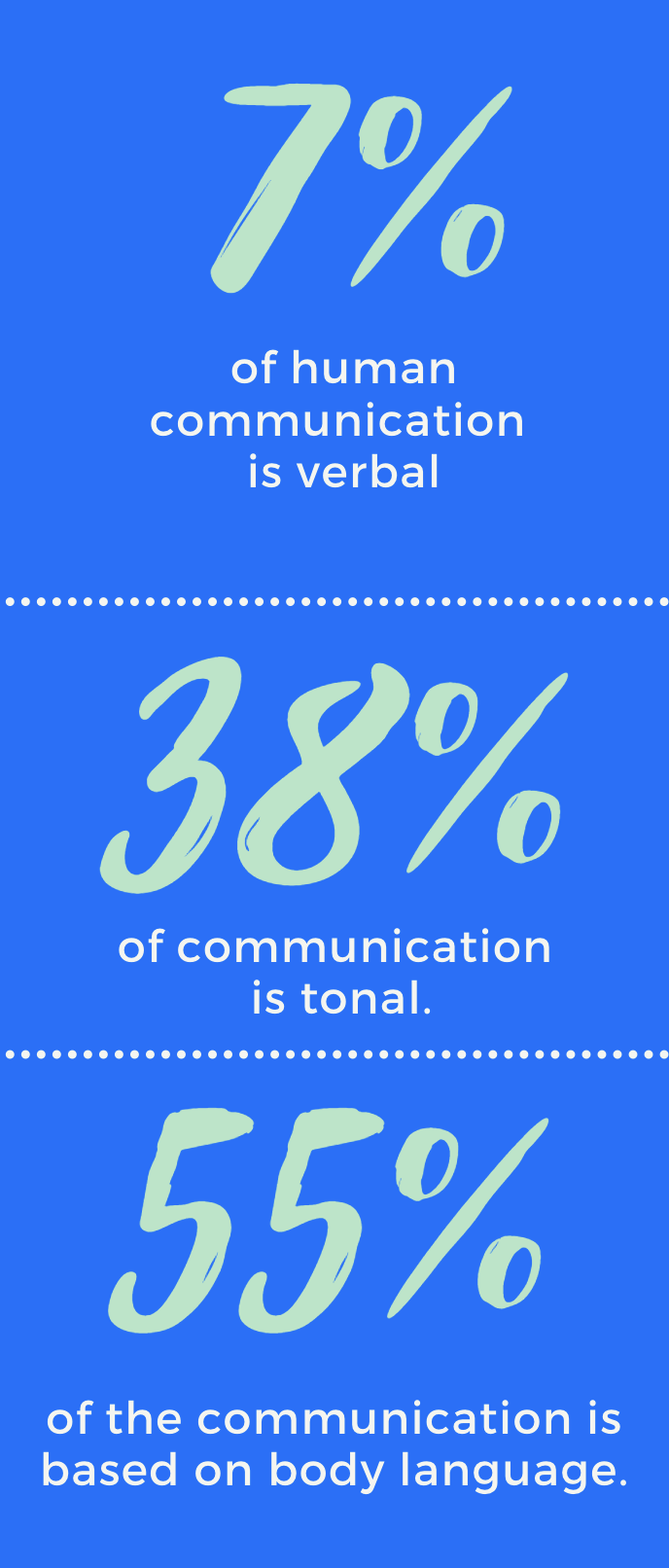What’s it take to excel in the world of virtual enrollment?
It takes skill. And making video presentations for college tours and admissions calls for learning, practicing, and applying these skills.
Given how important it’s become to engage prospective college students remotely—via video—we put together a webinar—featuring experts Lexington Maximus of The Art of Admissions and Tom King of Enrollment Resources.
In the webinar that follows, you’ll hear them present 7 keys to delivering engaging presentations virtually—and if you’d prefer not to watch, the article below presents the highlights of what they had to say.
Benefits of virtual presentations
Virtual sessions and college tours now give us the ability to bring the school to students.
~ Tom King, Enrollment Resources
The webinar began with a quick presentation of the three most important benefits your college can achieve with virtual presentations.
1. Superior engagement

Clearly, virtual sessions are more engaging than phone calls.
2. Increased show rates
Online meetings make it easier to get appointments, and more importantly, to get your potential students to show up.
In days gone by (and perhaps ahead), an on-site campus tour typically involved the student and a parent or two driving or flying to your campus. Obviously, doing such requires taking a day off. What if the weather gets nasty? There could be several more “what if” scenarios.
Virtual visits do away with the travel elements and make good use of everyone’s time.
3. More efficient use of everyone’s time
Online presentations are shorter, and potentially, sweeter for the students, the family, and your admissions crew. Plan effectively and you might even fit four or more virtual meetings in your day.
On-campus only isn’t as effective

Tom and Lex made the case it’s become less effective to offer only on-campus tours and interviews. Not only will you see lower show rates, but in 2021 you need to consider:
- Safety concerns—Thanks to a pandemic that is far from resolved, schools may need to restric the number of visitors and employ various safety measures that make the campus seem less warm and welcoming.
- Face masks—Face-to-face conversations with masks are challenging, frustrating, and potentially, uncomfortable.
7 keys to elevate engagement
Lex and Tom called them “secrets.” Now, the secrets are out. The following seven tips and tactics are bound to make you a far better video presenter and host.
1. Use a quality camera and microphone
In the age of video, your computer must be powerful enough to stream quality video. You’ll also need a fast internet connection.
Webcams built into laptops may perform poorly. Make the investment in an external cameras or webcams capable of shooting at a minimum resolution of 1080 pixels. A great camera for streaming and recording video is a 4K webcam by Logitech.
Sound quality is even more important. Be sure not to chase prospects away with suspect sound. A small investment in a USB microphone will get the job done well.
2. Organize your presentation
Many presenters use PowerPoint. They may try to show a YouTube video. Then, they may present a PDF document as well.
The multi-platform presentation could backfire. Your file formats may not scale across all displays effectively, especially if the person on the other end is using a phone.
- Prepare your presentations with an organized roadmap for video and ensure accessibility and quality will be delivered across devices.
- Use web-based presentation platforms that scale well across all display sizes. Check if they have visual elements to complement the narration.
Put a lot of thought into the sequence in which you’ll present your information—and test it on viewers. You might try something like:
- Begin by showing-off the campus.
- Follow by presenting the academics information they seek.
- Present the criteria for getting accepted.
- Discuss financial aid options, and additional information your prospect needs.
- Conclude by directing the prospect to your online application portal.
Pro tip: Don’t rely on the campus to sell the school. Consider making a short video to highlight the unique features of the campus. But always present the quality and depth of the program.
Here’s an example of an “information session” from Brandeis University:
Pro tip: Record and upload your best virtual presentation on YouTube so you can reach out to more prospective students. Include a link to your online application” below.
3. Be prepared for the unexpected
Technology may fail you at any time. Be prepared.
- Log-in well in advance to test everything. Check if all your assets are pre-loaded and your lighting.
- Eliminate all possible distractions.
- Be ready to help the student if they’re experiecning any issues.
- Role-play in advance and learn how to address technical blips, when possible.
4. Be expressive
Look directly at the camera during interactions, maintain proper posture and be expressive.
5. Perfect your tone
The way one speaks is more important than what one says.
- Remember, tonality contributes more than the actual words you say.
- Use an inspirational tone, make proper use of vocal inflection.
- Speak with confidence and clarity.
- Try not to pause abruptly.
6. Practice
You need to practice, often. Record yourself, get feedback and look for ways you can improve your delivery.
7. Miscelleneous tips
- Give some thought to the tempo of your presentation.
- Try to be emotionally engaging.
- Don’t fumble through information you don’t know. If a situation arises when you don’t have the answer, say you’ll find out and deliver the correct information through an email or text message.
- Avoid being overtly salesy.
- To keep attention spans high, try to avoid keeping your presentation to 30 minutes or less.
Here’s an example of a 28-minute virtual information session from Tufts University.
Pro tip: While uploading videos on YouTube, include timestamps so that students can easily navigate to a specific section.
Let’s close
Delivering a stellar virtual enrollment presentation is a step in the process. Don’t neglect to follow up by asking for feedback and offering to help the student take the next step in the enrollment process.
You can easily automate your communications with a CRM system expressly optimized for higher education such as LeadSquared, track all interactions, and personalize communications to engage students, make them feel special, and win them over.









